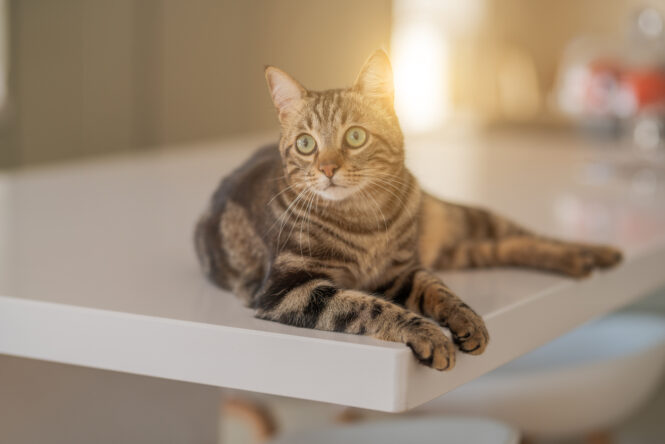It’s a question that pops up now and then, usually from a place of genuine concern.
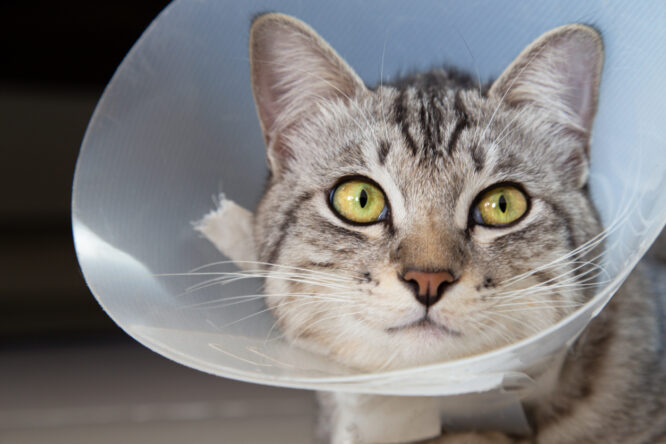
If we’re constantly encouraging people to spay and neuter their cats, does that mean we’re headed toward a world without cats at all? The short answer is no, but it’s a bit more nuanced than that. Spay/neuter campaigns aren’t about erasing cats from the planet. They’re about stopping the endless cycle of unwanted litters, overpopulated shelters, and cats living short, rough lives on the street. Here’s why extinction isn’t something we need to worry about, and what’s really going on when we talk about cat population control.
1. Not all cats are sterilised, and never will be.

Even in places with strong spay/neuter campaigns, there will always be exceptions. Some cats are owned by people who choose not to desex them (whether that’s advised or not). Some feral or stray cats never get caught. And some breeders continue to raise cats deliberately for pets or shows. That alone means a blanket extinction scenario is extremely unlikely.
The idea that every cat, everywhere, could be sterilised is just unrealistic. Even with aggressive trap-neuter-return (TNR) programs and public awareness campaigns, you’ll still find litters being born. The goal isn’t zero cats—it’s fewer cats struggling without homes. That’s a big difference.
2. The aim is to reduce suffering, not wipe cats out.

Spay and neuter campaigns exist because too many cats are being born into conditions where they won’t thrive. Think: kittens dumped in bins, overcrowded shelters, sickly strays living behind bins. The aim is to stop that pattern, not to eliminate the species.
Fewer cats being born means better chances for the ones already here. More resources. Better care. Less competition for food and shelter. That’s the goal: a healthier, more manageable population. Not a future with no cats at all.
3. Spaying and neutering don’t stop all breeding.
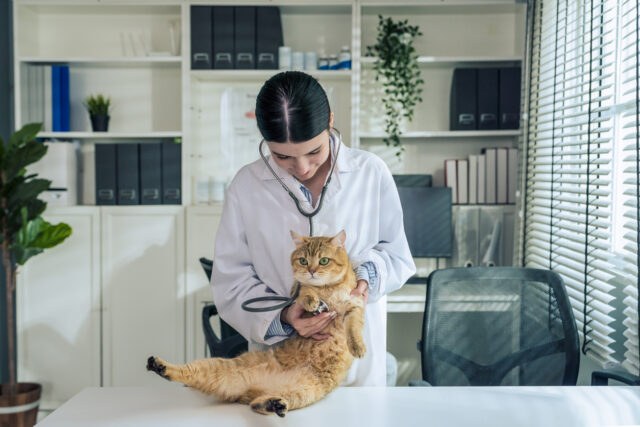
Even in areas with high desexing rates, cats still find ways to breed. Some colonies avoid humans altogether. Some people refuse to neuter their pets. Even responsible breeders still operate legally and ethically, ensuring the continuation of certain lines.
So no, the entire species isn’t going to vanish. What changes is how many unwanted kittens are born every year. That’s the bit we’re trying to manage—not reproduction itself, but reckless or unmanaged reproduction.
4. Breeders still exist and maintain populations.
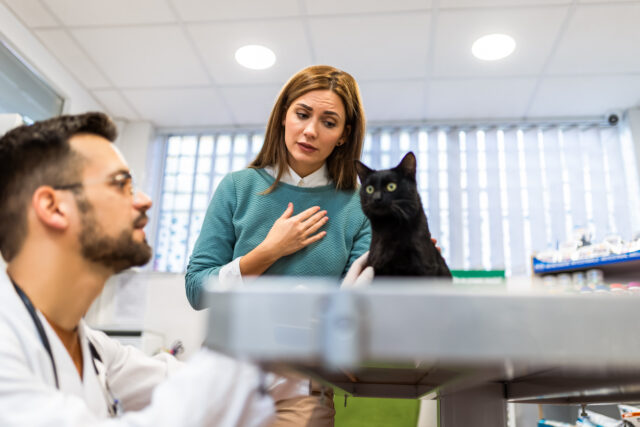
Professional breeders continue to raise cats, especially pedigrees like Maine Coons, Bengals, or British Shorthairs. These breeders follow rules, track genetics, and maintain bloodlines, and they’re not going anywhere anytime soon.
This means we’ll always have domestic cats around, even if spay/neuter programs become more widespread. Breeders ensure that pet ownership remains an option for those looking for specific traits or temperaments. It’s part of a balanced ecosystem of responsible ownership.
5. Most cats aren’t endangered—some are invasive.

In many parts of the world, cats are actually considered invasive. In Australia, for example, feral cats have caused serious damage to native wildlife. So controlling the population isn’t about conservation—it’s about preventing ecological harm.
Worrying about cat extinction misses the global picture. In some ecosystems, cats are everywhere, and their unchecked growth can wreak havoc. Reducing their numbers, carefully and humanely, is sometimes a matter of environmental balance.
6. Shelters are still overwhelmed with cats.
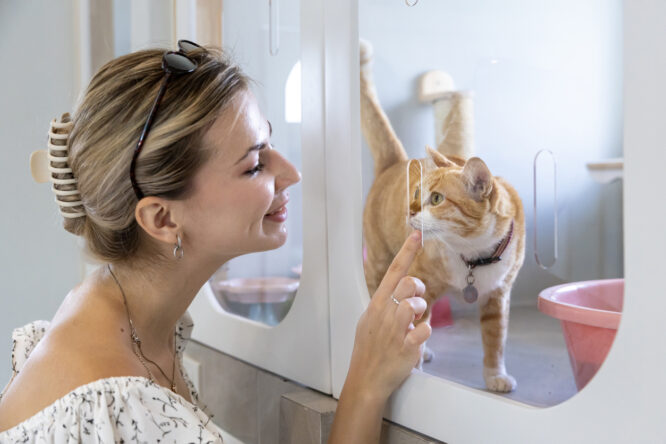
If we were anywhere close to a shortage, animal shelters wouldn’t be overflowing. But they are—constantly. In nearly every country, shelters struggle to find homes for the cats they have, and thousands are euthanised every year due to space constraints. Spaying and neutering reduce that strain. They don’t remove cats from our lives—they just help prevent the heartbreaking reality of cats being put down because there’s simply nowhere else for them to go.
7. TNR programs help stabilise feral colonies.
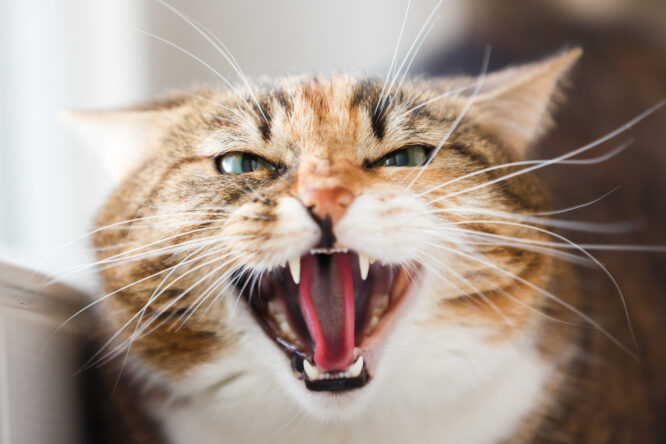
Trap-Neuter-Return programs are designed to manage cat colonies humanely. When cats are caught, desexed, and returned, they stop producing more kittens, but they continue living their lives in the area they know. That doesn’t lead to extinction—it leads to stability. The population ages, doesn’t expand uncontrollably, and local wildlife has a chance to recover. It’s population management, not elimination.
8. Spayed/neutered cats often live longer.
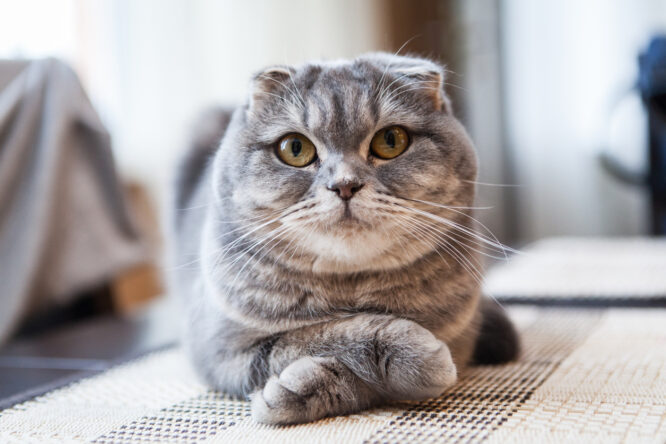
Desexing your cat isn’t just about population control—it’s about health. Fixed cats are less likely to roam, fight, or contract diseases. They’re also less prone to certain cancers and infections tied to reproductive organs. That means the cats we do have live longer, healthier lives. That kind of individual welfare improvement adds up, creating a more sustainable and humane population overall.
9. Future cats will still be born, just less chaotically.
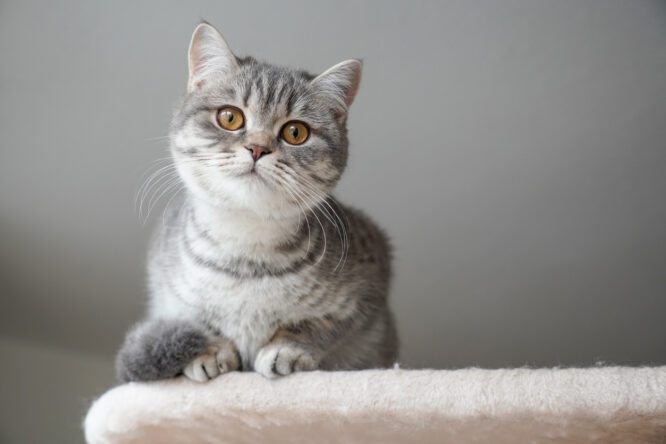
The future isn’t catless—it’s just more controlled. We’re aiming for a world where every cat born is wanted, cared for, and has a good shot at a long life. That’s something spay/neuter campaigns make possible. No more surprise litters in someone’s garden. No more “free kittens” taped to supermarket windows. Just a system where birth is a choice, not an accident. That’s not extinction—it’s progress.
10. Cats are resilient, and here to stay.
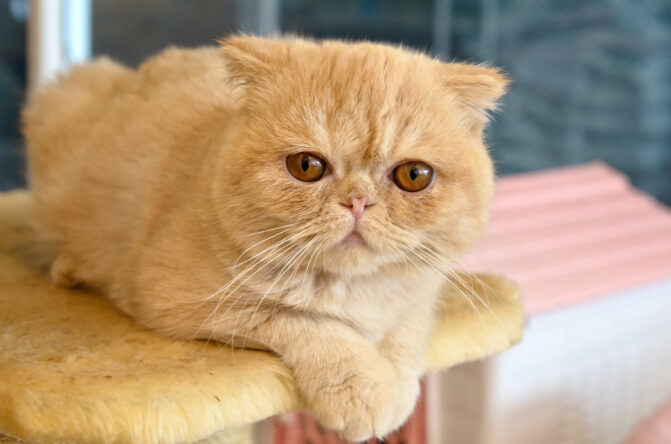
Let’s not forget: cats have been with us for thousands of years. They’ve adapted, survived, and thrived through all kinds of environments and cultures. A few spay/neuter campaigns aren’t going to undo all of that.
As long as humans love cats—and they always will—there will be cats. The goal is to make sure they’re not suffering, abandoned, or multiplying beyond what we can support. So no, spaying and neutering won’t make cats extinct. But it might just make their lives, and ours, a whole lot better.



